What is ICM?
Intentional Camera Movement is a photography technique using long exposure and camera movement to create an image with an abstract and minimalist quality. The results can be deeply personal and creative since the camera movements are difficult to duplicate from one image to another. The key with taking ICM images is experimentation.
In this blog post, I want to cover these topics related to ICM photography:
- Gear needed
- Recommended camera settings
- Basic camera techniques used
- Creating ICM images in post
- How ICM photography helps drive my creativity
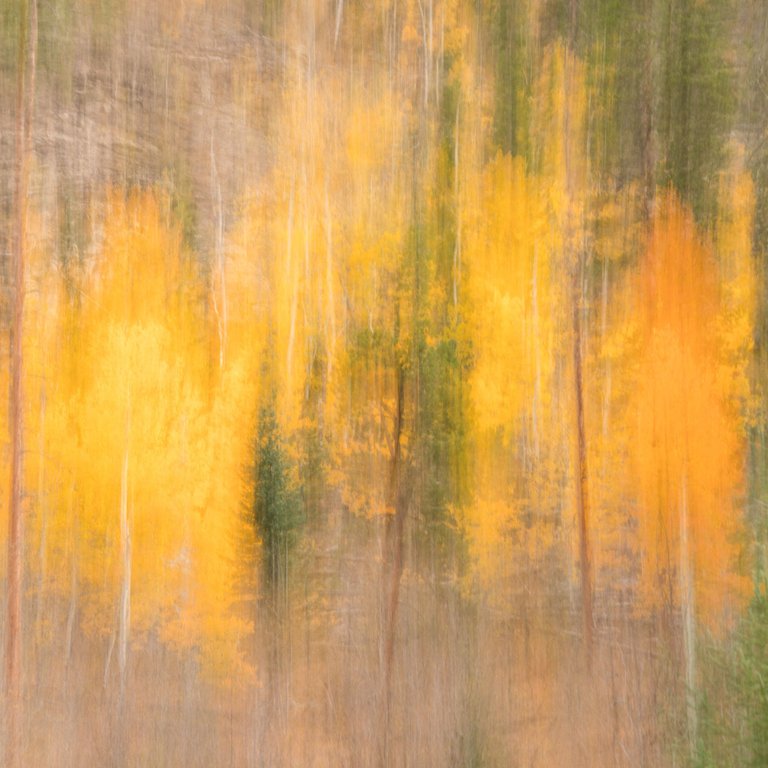
What gear do I need to create ICM images?
You will be happy to know that taking ICM images does not require extensive camera gear. You will need a camera of course where you can adjust shutter speed, aperture, and ISO independently. I also recommend a set of Neutral Density (ND) filters and a circular polarizer (CPL). For those not aware, ND filters are like sunglasses for your camera sensor. They help cut down the amount of light entering the sensor which results in extending the shutter speed. I will explain why these items may be needed in the next section. You can leave your tripod behind as I find shooting ICM images handheld offers the greatest flexibility.
What are the recommended camera settings to photograph ICM images?
I recommend shooting in Manual mode on your camera. This way you can control your shutter speed and adjust your aperture and ISO. I find that a shutter speed of under 1 sec, preferably closer to half a second in bright conditions, works well. These are my typical settings.
- Set your ISO to 100 or less if your camera supports it
- Set your shutter speed to 1 sec and adjust down to half a second if desired
- Set your aperture to f22 and higher. I sometimes shoot at f32 to get the target shutter speed I want.
- Lock in your focus using AutoFocus first and then switch to manual focus
I know that the general rule is to avoid photography above f22 for landscapes because of diffraction (just means your image will not be as sharp) but stopping down actually works out in your favor with ICM since I am often trying to achieve a soft ethereal feel.
If you are shooting in bright conditions such as midday, then you may need to add a CPL and/or a 3 or 6 stop ND to your lens to achieve your target shutter speed of under 1 second.
What are the basic camera techniques to create ICM images?
The beauty of ICM photography is you can shoot them any way you like but here are my standard ways of shooting. Again, I shoot ICM images without a tripod for maximum flexibility. I would recommend starting out with the basic camera moves but as you get more comfortable, feel free to add combinations. The key is to have fun, shoot a ton of frames, and experiment.
Technique #1: Panning up and Down
- The goal here is to pan up then down or vice versa along an imaginary vertical line.
- Speed up your camera movement to get more of a blurred effect depending again on your shutter speed.
- Review your images after adjusting your camera movement speed and/or shutter speed.
This is what my scene looked like. Not too inspiring but with ICM, you can create something more expressive and personal to you.
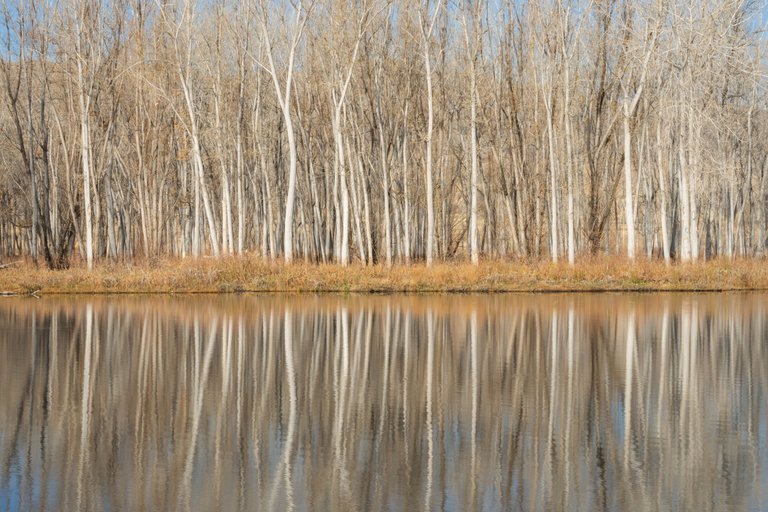
The ICM capture before final editing.

The final ICM image as I had envisioned it.
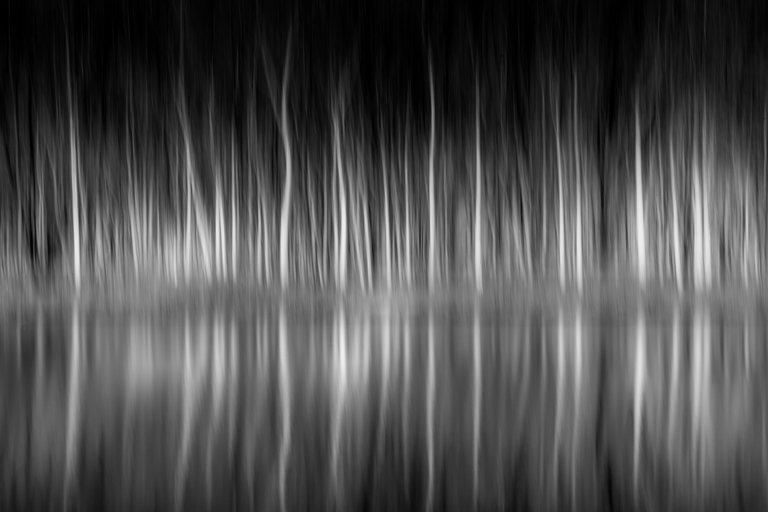
Technique #2: Panning side to side
- The movement here is to pan left to right or vice versa along the horizontal axis.
- Adjust your camera speed to achieved your desired ICM effect
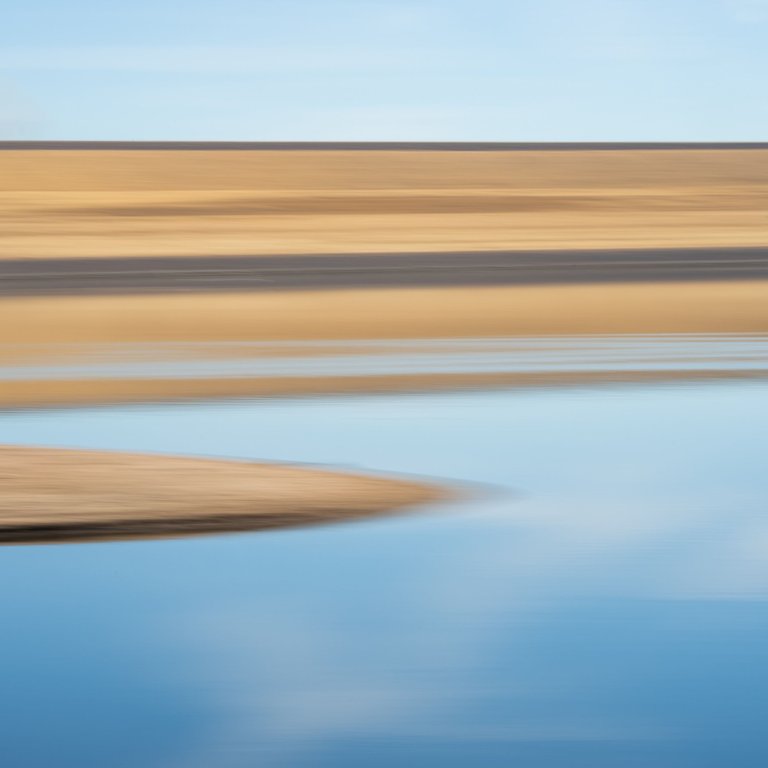
Technique #3: Circular Motion
- With this technique, you will take a light grip (not too light) on your camera and rotate around either clockwise or counterclockwise.
- Again, adjust the speed of your movement until you get your desired effect
- The results achieved with this technique can be quite surprising
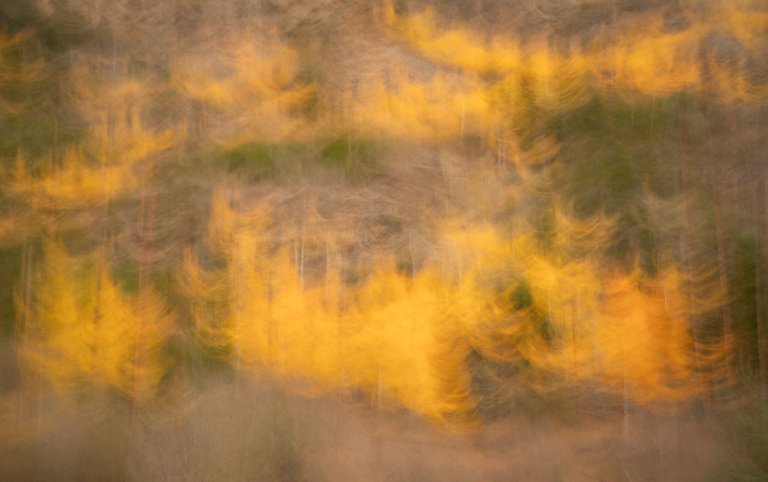
Advanced Technique: Any of the above Techniques while zooming your lens
- If you are shooting your scene with a zoom lens, move the zoom ring while you perform one of the above movements.
- I would recommend a bit longer shutter speed to allow time to rotate the zoom
- This technique takes lot of practice but can help convey a sense of motion to your image or make your viewer a bit dizzy
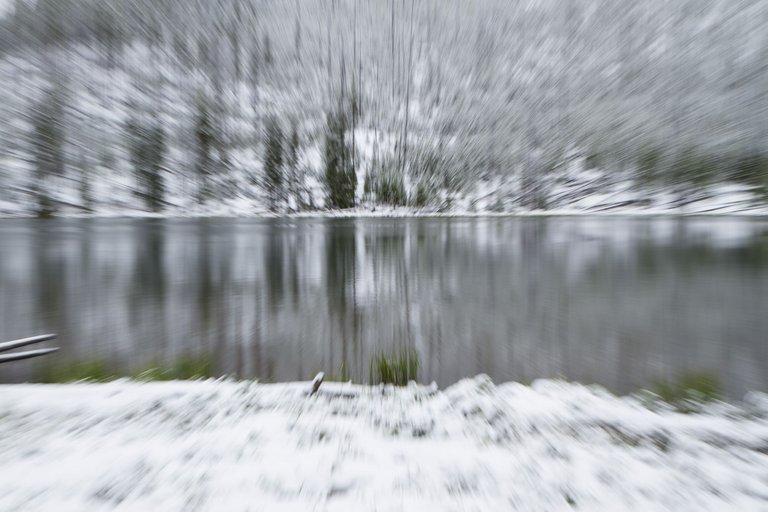
With any of the above techniques, play around with hitting the shutter button after you start your movement. See what the results look like and adjust your timing. In the first image, you can see more definition in the scene while the second scene has a greater abstract and ethereal feel to it. It all depends on how fast you moved your camera and when you hit the shutter button.
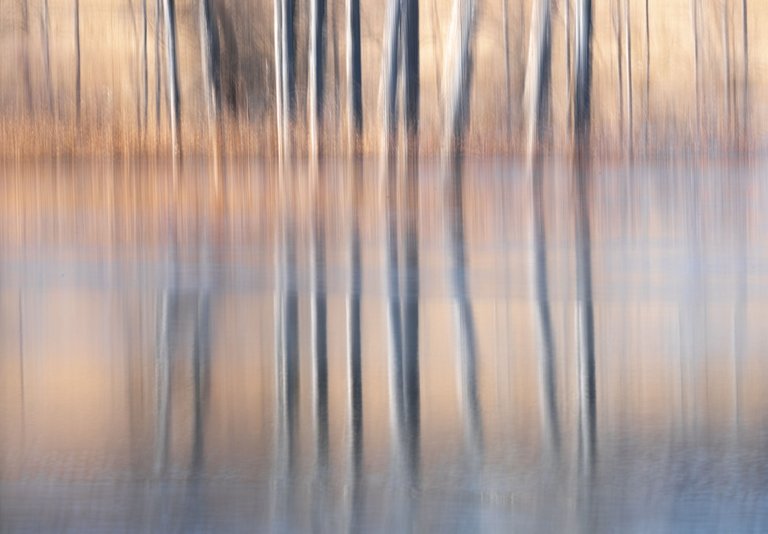
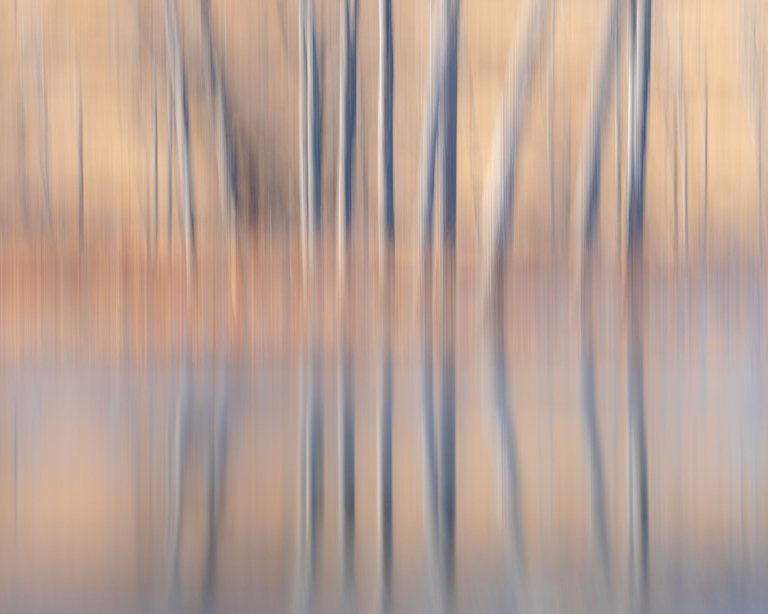
Also, try to keep your camera straight along the horizontal or vertical axis if you want to keep your trees or other objects straight.
You can see in this example where my camera movement was a little skewed if you look at that main center tree.
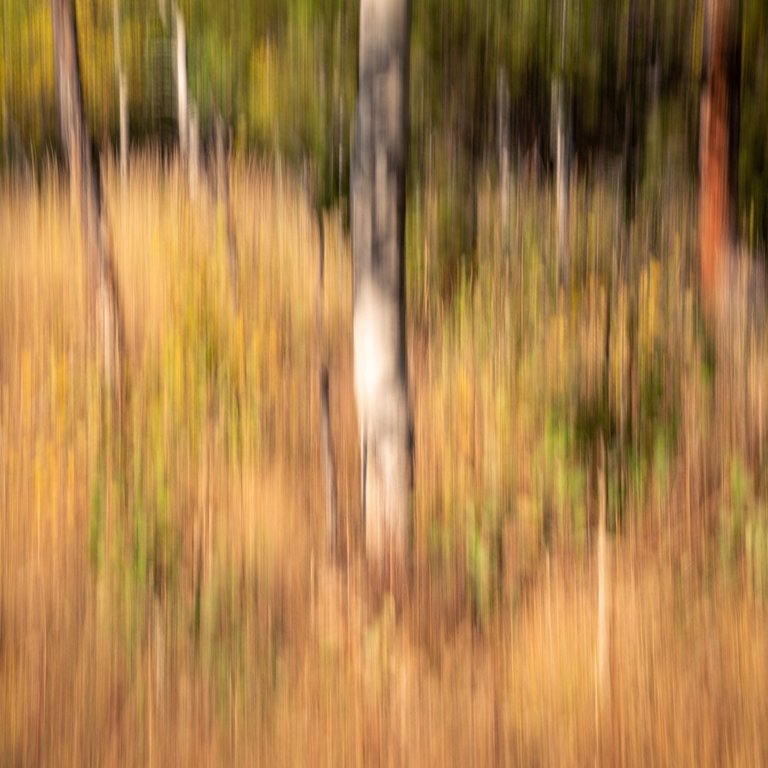
Can I create ICM images in post?
The simple answer is yes you can. Using Photoshop or something equivalent, you can take an image of a standard scene like trees and use various blur filters like motion blur to approximate an ICM type image. I find that I get more satisfaction from capturing the ICM image in the field in camera vs doing it all in post processing. YouTube has many tutorials covering how to create ICM images in Photoshop if you prefer to go that route.
Below is an example of one of the few ICM images I created in Photoshop. The second image is the original.
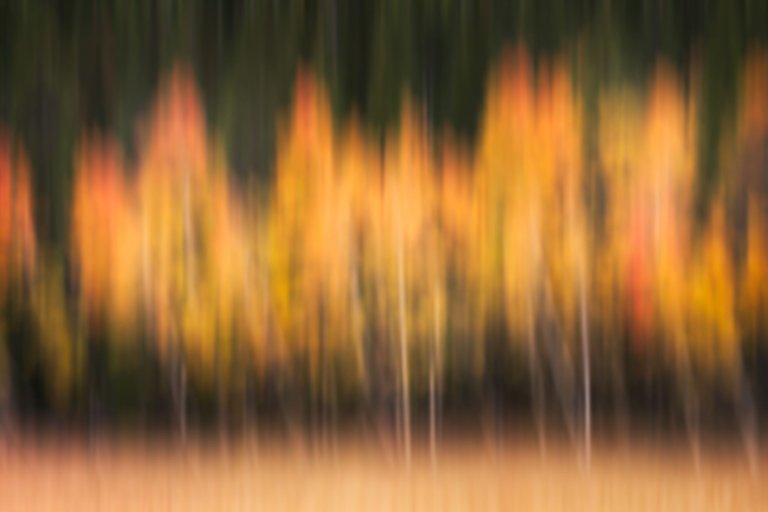
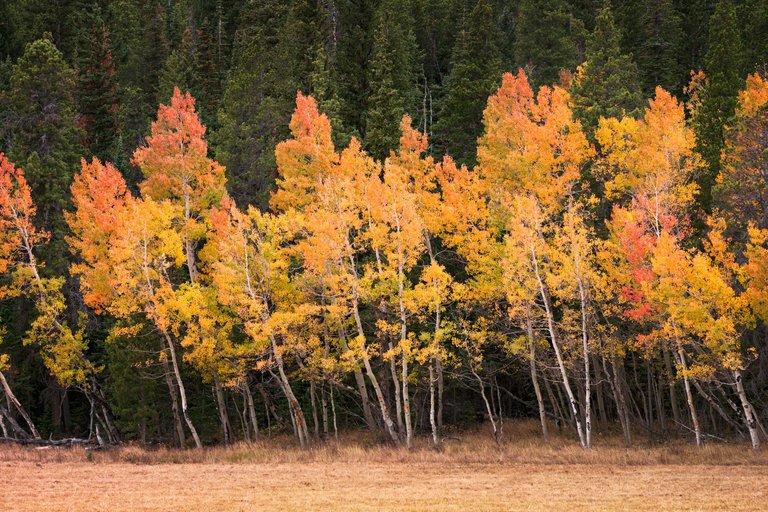
How does ICM help drive my creativity?
ICM photography helps me extract the potential out of a scene by stripping away its connection to reality. It allows me to push the scene further into the abstract, minimal, and ethereal side to better tell the story that I want to tell. In other words, ICM unlocks my creativity. Complex and busy elements transition into shapes, into color, and into light and dark values.
I use ICM sparingly when the scene calls for it. How do I know if a scene is right for ICM? Well, that depends on a number of factors. How am I responding to the landscape? How is the light falling across the scene? Are there strong primary elements such as water, trees, or mountains whose role in the scene could be better presented in an abstract way? Do I want to convey a sense of mystery or unbalance in the scene through ICM? These are all important things to consider. Often times, what you envisioned does not align with the end result so you just have to keep practicing but sometimes the results can be quite exciting and beautiful.
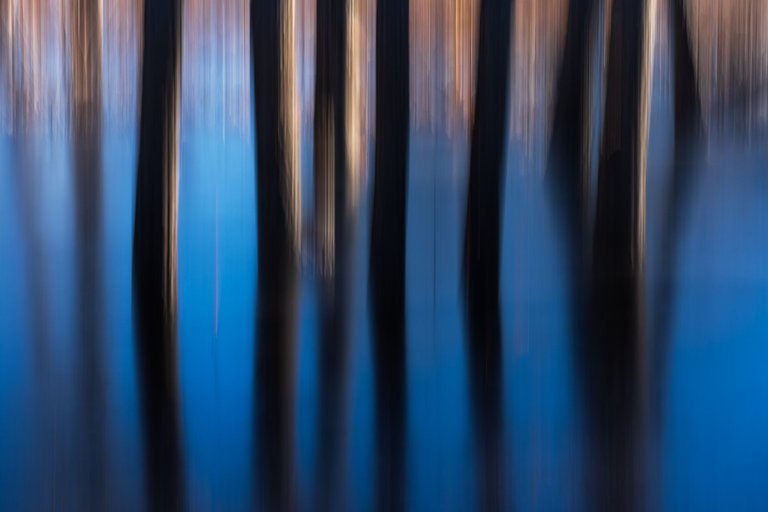
If you have any questions, please let me know and thanks in advance for your support.
My Links:
Website: https://alfredomora.net
Instagram: https://www.instagram.com/alfredomoraphotography/
Twitter: https://twitter.com/AlfredoMPhoto
These are really great, I think you have definitely found a way to create something amazing out of motion.
Thank you! Glad you enjoyed the images and article.
Stunning work @alfredomora - I've tried this only once and shall dig out the photo I took and post to my feed at some point.
Posted via inji.com
Thank you Nick! I'd like to see what you came up with. ICM is a lot of fun.
Congratulations @alfredomora! You have completed the following achievement on the Hive blockchain and have been rewarded with new badge(s):
Your next target is to reach 1750 upvotes.
You can view your badges on your board and compare yourself to others in the Ranking
If you no longer want to receive notifications, reply to this comment with the word
STOPCheck out the last post from @hivebuzz:
Support the HiveBuzz project. Vote for our proposal!
Oh my goodness, that last image is heavenly! ICM is something I've never tried. I shoot local, and so tend to only go out when I know the conditions are good for my standard misty landscapes. I'll definitely make this a new years resolution to give it a try sometime. A really enjoyable and refreshing post. :)
So happy to read this Cath! I shoot locally a lot too. When the aspens lose their leaves and snow has not arrived, I find that ICM keeps me motivated to create images. You can also try shooting ICM in your town. I have some wonderful ICM cityscapes by other artists. Best wishes as you experiment. Thank you!
I have a similar problem in winter. Richmond Park, where I mostly shoot tends to look very bare, and in the wet weather we've had it gets trampled and muddy, being a popular London park. I've been experimenting a bit by going into central London to shoot, which has been fun. I definitely want to try more experimental photography though... :)
Man, you are good at these. Photography like this is so difficult - it's much harder to see this kind of composition versus just regular abstracts, which are already very hard!
Thanks Tristan! Yes it is challenging to visualize the end result but I like the unpredictability of ICM.
Beautiful series of work here and love the creativity.
Many thanks Robert!!
I love shots like this. You never truly know how they'll turn out. Beaches are great for the panning style, trying to match a waves motion to keep it relatively detailed.
Cheers Kieran! Yes beaches are a great location for ICM. Thank you!